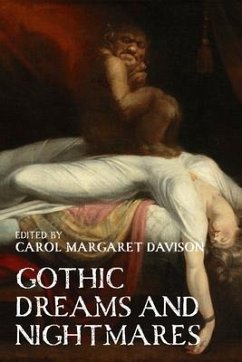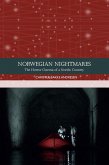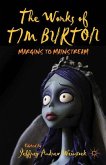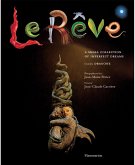Ranging across more than two centuries of literature and the visual arts, this edited collection of twelve original essays examines the compelling, much-overlooked subject of Gothic dreams and nightmares. Written by an international group of experts, including leading and lesser-known scholars, this interdisciplinary study promotes the reconsideration of the vastly under-theorised role of the subliminal in the Gothic. It begins with an exploration of the varied intellectual and cultural matrices of the eighteenth- and nineteenth-century Gothic, recognising the Gothic's frequent oneiric inspiration, thematic focus, and atmospherics; a line of inspirational transmission and aesthetic experimentation with the subliminal usually signposted by the artists themselves. It goes on to examine the range of literary forms and experimental aesthetics through which these phenomena were conceived - from Horace Walpole's incorporation of Giovanni Battista Piranesi's 'sublime dreams' in The Castle of Otranto into the early Gothic novel and Romantic poetry, through the paintings of Henry Fuseli and Francisco Goya, nineteenth-century British and European Gothic novels and short stories, into Surrealism and twenty-first-century visual media. Remaining attentive to the cross-fertilisation between medical, philosophical, scientific, and psychological discourses about sleep and sleep disorders (parasomnias), and their cultural representations, this volume considers Gothic dreams and nightmares in various national, cultural, and socio-historical contexts, engaging with questions of metaphysics, morality, rationality, consciousness and creativity. Gothic dreams and nightmares' cross-disciplinary interrogations will have theoretical ramifications for Gothic, literary, and Cultural Studies more broadly.








